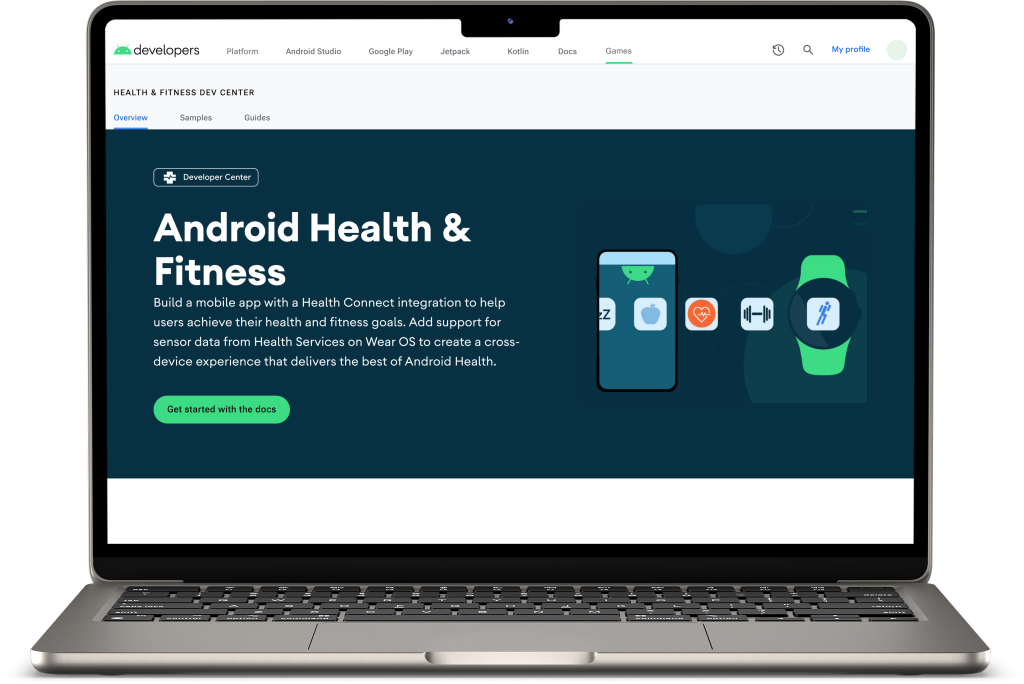
Potato, Inc. is a digital design agency that partners with Google's Android Developer Team to manage DAC from promotional billboards, landing page creation, and design system maintenance.
Developer.android.com (DAC) is a resource for Android developers to find the tools they need to build and maintain their applications. From the latest Android OS requirements to sample code to jumpstart development, DAC is the source for all Android developer needs.
The initiative for creating Developer Centers was brought to us so developers can have a centralized location for category specific content to find what they need to build android applications.
Create a space where developers can find everything they need to know about building an android application. With thousands of tools and libraries available, we must present that information in the most effective way.
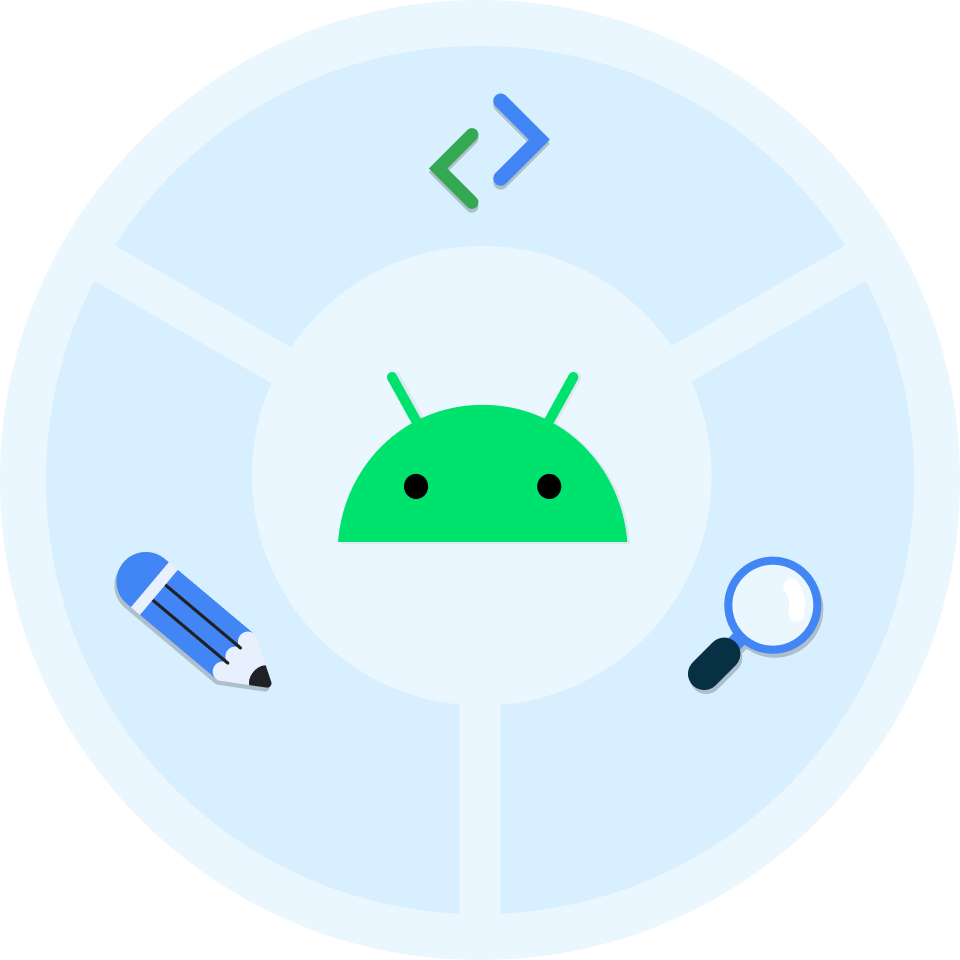
Developer.android.com (DAC) is a resource for Android developers to find the tools they need to build applications. However, many of the resources, such as documentation, source code, API specifications, blogs, and videos, are scattered across the site with minimal organizational structure.
Create market specific hubs for developers to access based on their product need.
Topics will be divided into three vertical markets: Games, Media, and Health & Fitness. Dev Centers provide a singular place for developers to locate relevant information for the type of app they are building. Categorizing dev centers into three verticals will improve the user experience on DAC and provide a consistent layout for all information.
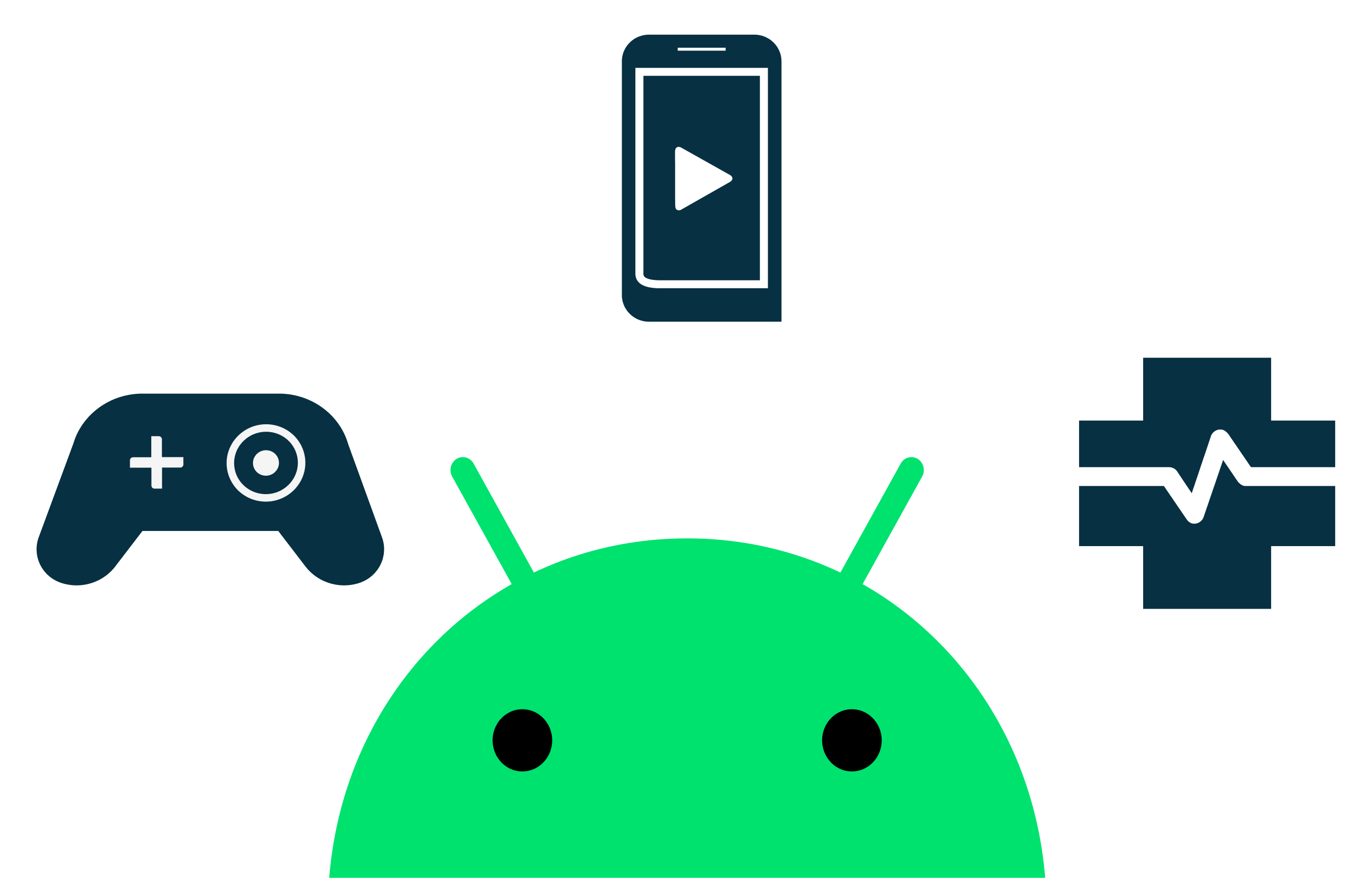
The design process was unconventional as the research and planning took place on the client side. The proposal was brought to Potato to initiate designs based on the
Product Requirements Document (PRD).
Taskflow is Google's internal project management system that allows teams to prioritize, document requirements, and reallocate based on progress.
Each dev center request was submitted via a single ticket which was then broken out into smaller, more attainable goals to be completed across several sprints.
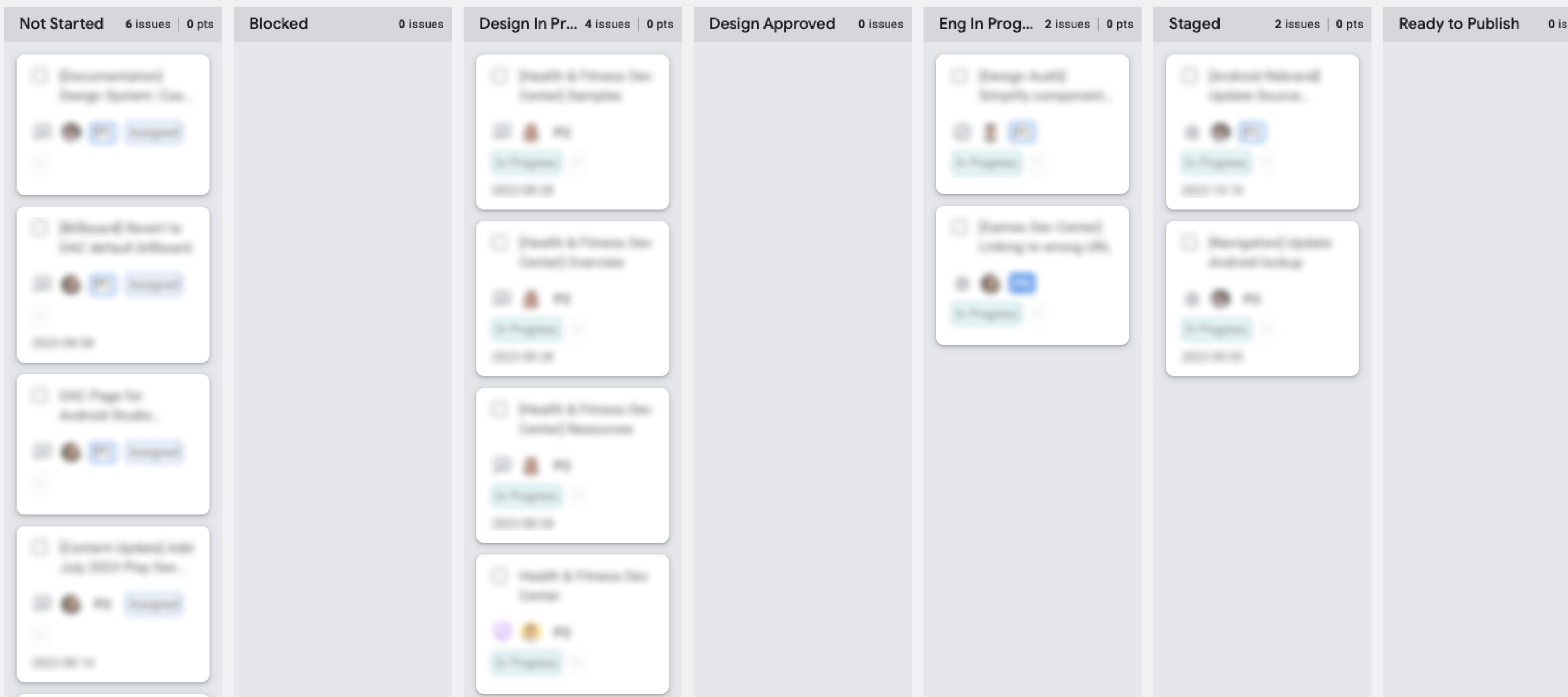
After the ticket is received in Taskflow, Potato's Product and Delivery Lead hosted a kick-off meeting with the project stakeholders along with the DAC Product Manager, DAC Designer, and Engineer to gain more context on the request, allow for questions to be answered, and to establish a launch deadline.
In this meeting, weekly sprint goals and expectations were established to move the project forward to begin designs.
Mid-high fidelity mocks were designed based on the project vision in the PRD. Because DAC relied heavily on using components within the established design system, there was no need to begin with low-fidelity wireframes or sketches.
Developers need a way to efficiently locate resources related to their application. All dev centers were designed using composable layouts, meaning there is minimal deviation in the overall structure of the pages. For example, each dev center starts with an overview page that separates high-level process information. From there users can easily navigate to relevant documentation, source code, API specifications, videos, etc.
All dev centers have the same sub-nav which makes it easy for users to find helpful resources such as:

Each dev center has a unique "badge" in the hero section to signify what dev center page the user is on.
Also, it was established that dev center heroes would not be used for marketing promotions and is specifically for informational purposes about the dev center.
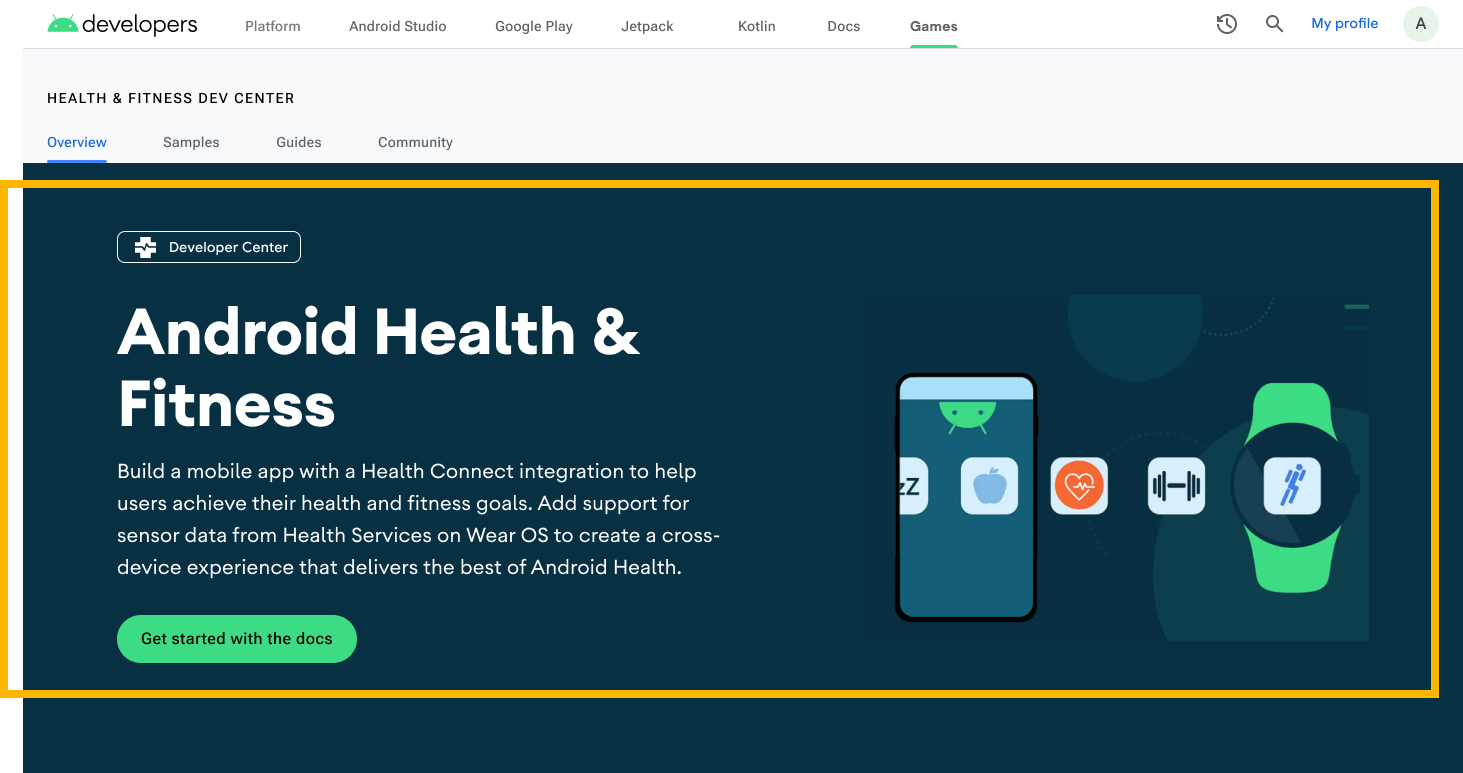
The core workflow section provides the user with a high-level process for planning, designing, developing, and growing their app.
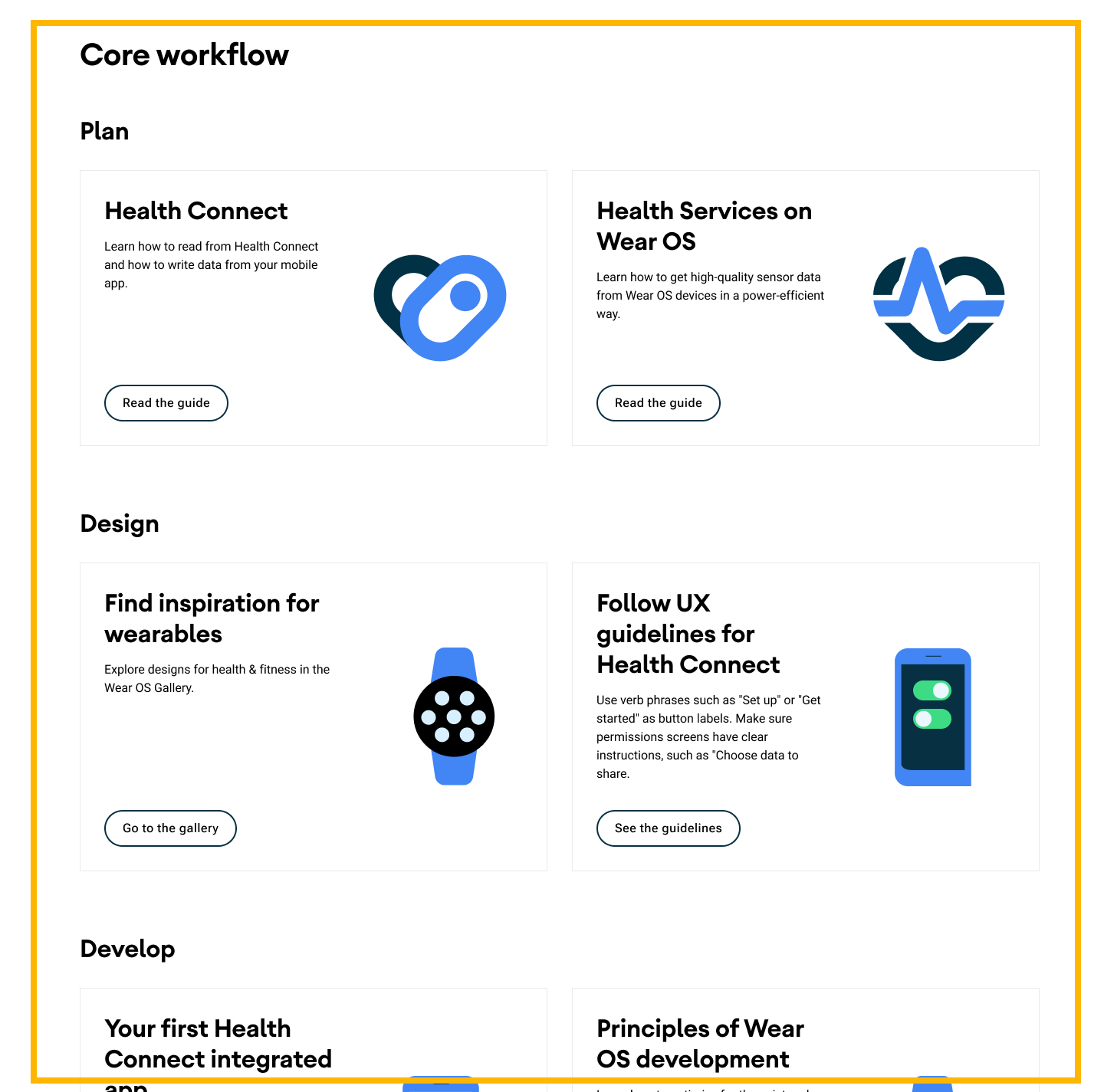
Once initial designs were complete per the ticket assigned in the sprint, the ticket was updated with the latest Figma file and the primary stakeholders were tagged in the ticket to review and provide feedback either asynchronously, or if necessary, a quick meeting.
Any changes to the delivery requirements were added to the Taskflow ticket for all stakeholders to see and provide input if necessary.
If iteration requests were outside of the project scope, these would be revisited and prioritized by the project manager as necessary.
Figma files would be refined and notes would be added for the developer to begin building the mocks for production.
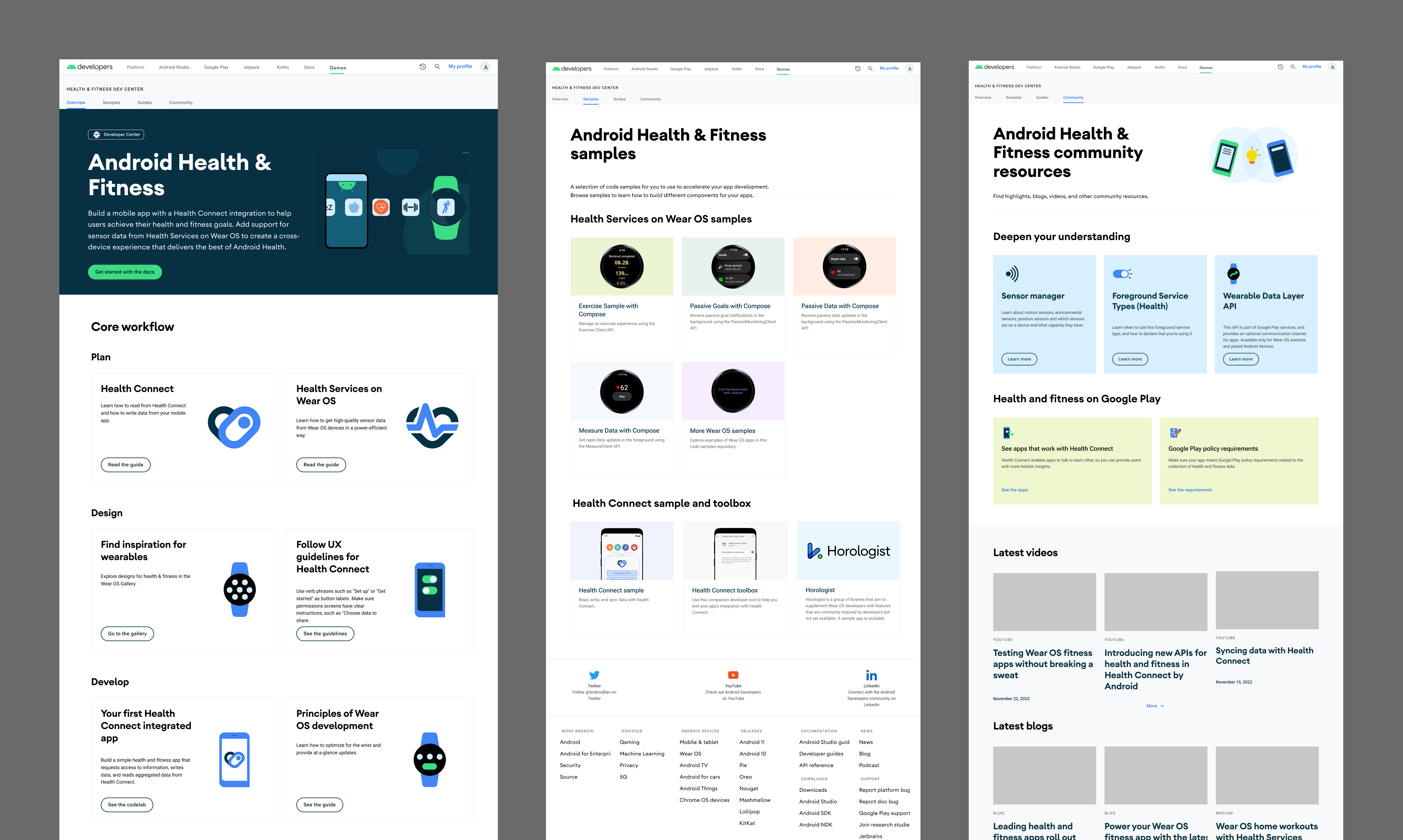
Composable designs will make future dev centers easier to deliver as they give stakeholders a specific layout to use for their content planning and review process.
View all projects